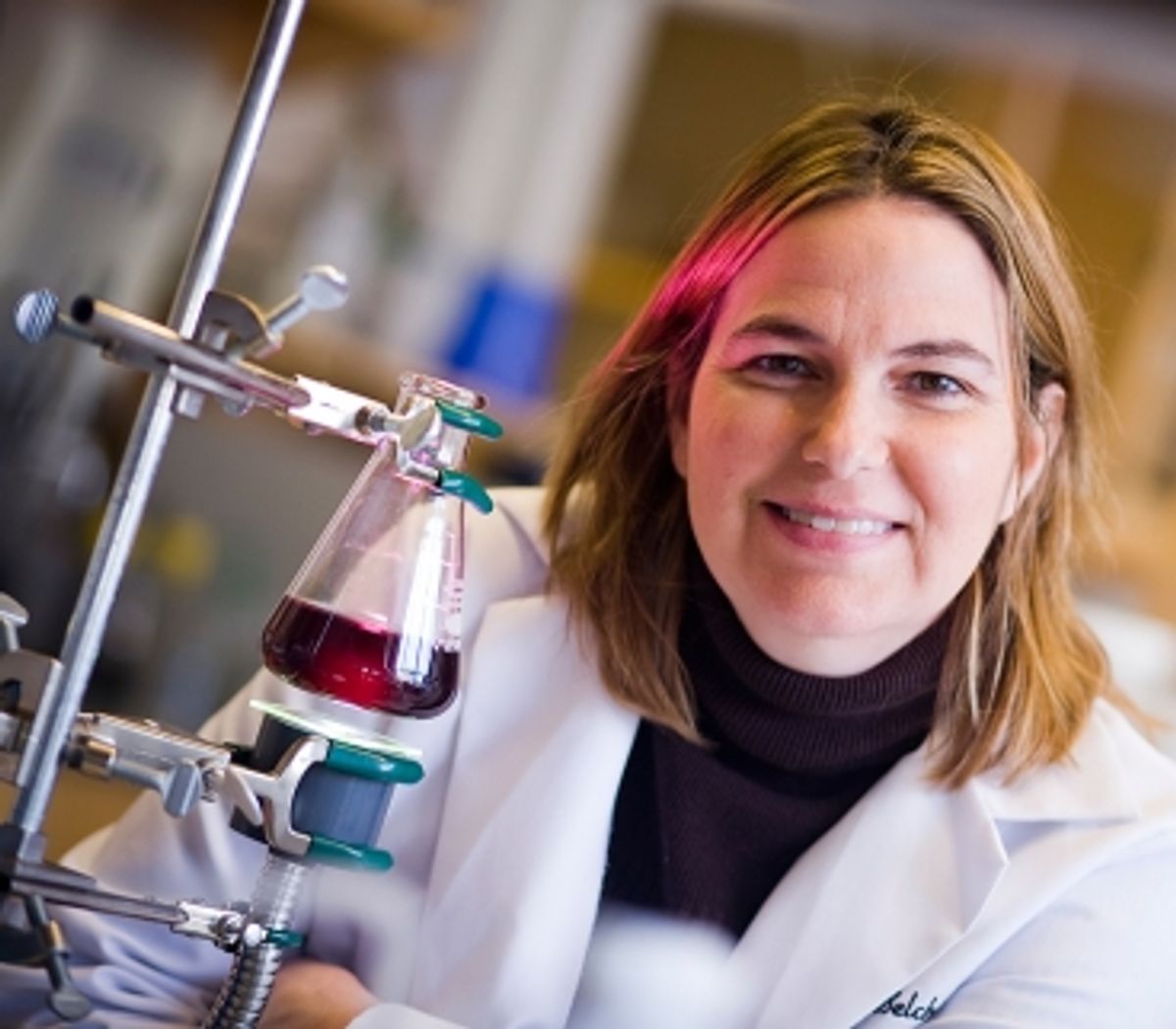Preliminary research performed by Angela Belcher and her team at the Massachusetts Institute of Technology (MIT) has demonstrated a new way for breaking water down into hydrogen and oxygen—a sort of artificial photosynthesis—that departs from other methods by borrowing the methods plants use rather than their components.
While other artificial photosynthesis methods have attempted to used the photosynthetic parts of plants, Belcher and the lead author of the paper in Nature Nanotechnology, Yoon Sung Nam, followed the method plants use of having a natural pigment attract the sunlight and then using a catalyst to split the water into hydrogen and oxygen.
In the MIT article cited above Thomas Mallouk, the DuPont Professor of Materials Chemistry and Physics at Pennsylvania State University, describes the work as “…an extremely clever piece of work that addresses one of the most difficult problems in artificial photosynthesis, namely, the nanoscale organization of the components in order to control electron transfer rates.”
The idea behind artificial photosynthesis is to create a method of energy conversion using sunlight. But this preliminary research is a long way from providing an alternative energy source.
At the end of the article when Belcher is prodded to provide a timetable for a commercial product she is wisely reluctant, offering only that “within two years she expects to have a prototype device that can carry out the whole process of splitting water into oxygen and hydrogen, using a self-sustaining and durable system.”
Well done, Professor Belcher. I have noted before when discussing the potential for virus-enabled lithium-ion batteries to make it into commercial markets within a year, that often times people neglect to take into account that business sometimes much longer than science. A phenomenon with which Professor Belcher is herself aware with one of her own companies, I’m sure.Dexter Johnson is a contributing editor at IEEE Spectrum, with a focus on nanotechnology.




